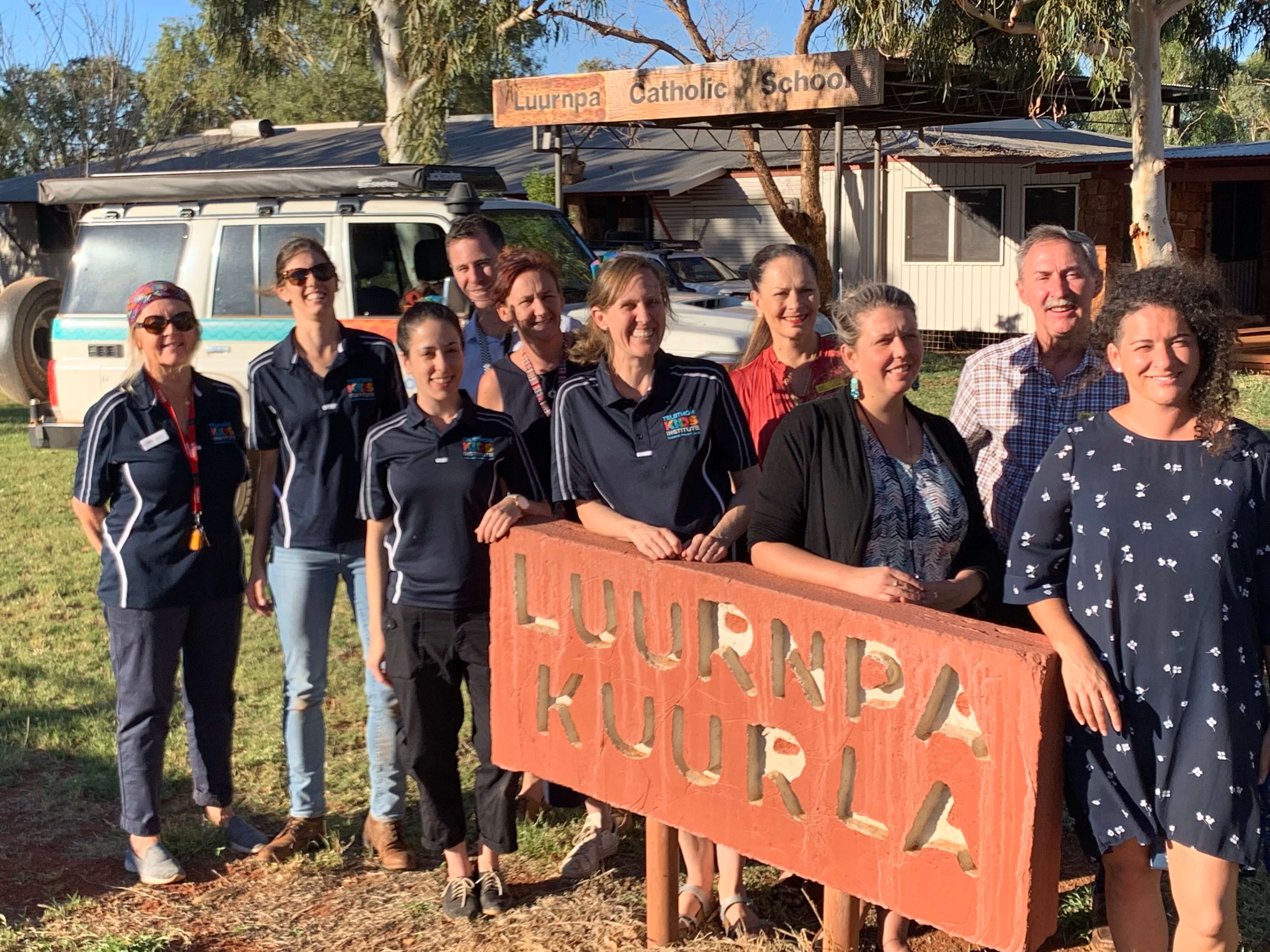Search

News & Events
First week of school visits mark official launch of the SToP TrialThe The Kids Skin Health team has a busy six weeks ahead - visiting nine communities throughout the Kimberley region of WA as part of the first school surveillance activities for the SToP Trial.

News & Events
Premature babies at greater risk of childhood infectionNew research has found children who are born even slightly premature or underweight are more likely to be hospitalised with an infection during their childhood
News & Events
Trans Tasman action to fast track rheumatic fever vaccinePrime Ministers of Australia and New Zealand have agreed to provide $3M to help fast-track the development of a vaccine against rheumatic fever.
News & Events
Investigational vaccine for WA's meningococcal threatPerth researchers have begun a clinical trial of an investigational Meningococcal B vaccine against the most common form of meningococcal disease in W.A.
News & Events
Potential new vaccine for WA's meningococcal threatPerth researchers are trialling a Meningococcal B vaccine that could potentially provide protection
News & Events
Beating the flu bugPerth children are being asked to volunteer for an important national study to test the effectiveness of an influenza vaccine in children.
Research
Controlling acute rheumatic fever and rheumatic heart disease in developing countries: Are we getting closer?Improved opportunities for the primary prevention of ARF now exist, because of point-of-care antigen tests for Streptococcus pyogenes, and clinical decision...
Research
Childhood behavior problems and age at first sexual intercourse: A prospective birth cohort studyEarly first sexual intercourse (FSI) is a risk factor for unplanned abstract teenage pregnancy, sexually transmitted infection, and adverse social, emotional...
Research
Changes in the clinical and epidemiological features of group A streptococcal bacteraemia in Australia's Northern TerritoryThis study adds to emerging data suggesting increasing importance of iGAS in low- and middle-income settings globally.
Research
Optimization is required when using linked hospital and laboratory data to investigate respiratory infectionsChart review to validate linked microbiological data
